There’s nothing like that first breath underwater. It's strange, a little unnerving and unforgettable. If you’ve ever thought about scuba diving, you’re not alone. It’s one of the most rewarding ways to explore the world, offering a front-row seat to marine life, underwater landscapes, and a kind of peace you won’t find on land.
But before you strap on a tank and jump off a boat, there are a few things you should know. This post breaks it down: how to get started, what to expect, and some smart gear upgrades like the underwater scooter that can totally change the game once you’re certified.
Start With the Right Mindset
Scuba diving isn’t just another vacation activity. It’s a technical sport. That doesn’t mean it’s hard, but it does require respect for the water, your gear, and the training.
You don’t need to be a pro swimmer or an adrenaline junkie. What you do need is a willingness to learn and a comfort level in the water. The rest you’ll pick up in training.
Get Certified Seriously
You can’t (or shouldn’t) dive without a certification. Reputable dive shops won’t even rent you gear without one. The most common entry-level cert is the PADI Open Water Diver. It involves:
-
Classroom or online coursework on diving theory
-
Confined water dives (in a pool or pool-like setting) to learn basic skills
-
Open water dives to apply what you’ve learned in real conditions
Expect this to take a few days to a week, depending on the course structure. It’s not just a box to check it’s how you learn to dive safely and confidently.
Choose the Right Dive Shop
Not all dive instructors are created equal. Look for a shop with strong reviews, certified instructors, and small class sizes. You want someone who’s not just qualified, but patient. If you're nervous about anything mask clearing, breathing, buoyancy speak up. A good instructor will take the time to help you feel in control.
Pro tip: If you're traveling to get certified, read reviews from other beginner divers. Some dive centers cater more to advanced divers, and that can be intimidating if you’re just starting out.
Get Comfortable With the Basics
Before you think about underwater photography or deep wreck dives, nail the fundamentals:
-
Buoyancy control is everything. It’s how you stay off the bottom (and protect marine life), conserve air, and glide instead of flail.
-
Equalizing your ears regularly prevents pain and injury.
-
Breathing slow and steady keeps you calm and maximizes your air supply.
Once these become second nature, the rest becomes way more enjoyable.
Invest in a Few Key Pieces of Gear
You don’t need to buy everything at once. Start with these:
-
Mask – A properly fitting mask makes a huge difference in comfort.
-
Fins – The right fins can save you a lot of leg effort.
-
Dive computer – Not strictly necessary at first, but useful for tracking depth, time, and safety stops.
Eventually, as you dive more, you might want to invest in your own BCD, regulator, and wetsuit. But there’s no rush renting is fine while you’re still figuring out what you like.
Recommended: Top Underwater Scooters Under $500 (2025 Guide)
Consider an Underwater Scooter
Once you’re certified and a few dives in, you might want to upgrade your underwater experience with a DPV (Diver Propulsion Vehicle) also known as an underwater scooter.
These battery-powered machines pull you through the water with minimal effort. Here’s why they’re worth considering:
-
Cover more ground – Explore larger reefs, wrecks, or drift dives without tiring yourself out.
-
Conserve air – Less physical exertion means slower breathing, and longer dives.
-
Add excitement – Let’s be honest, zipping through the water like a secret agent is just plain fun.
Not all dive shops have them, but many now rent or offer specialty DPV courses. If you're into gadgets or want to make longer dives easier, the underwater scooter is a smart upgrade.
Just remember: they’re not toys. You’ll need a bit of training to use one safely and responsibly, especially in fragile reef environments.
Respect the Ocean
Scuba diving is about connection not domination. You’re entering an ecosystem that’s delicate and ancient. So:
-
Don’t touch coral or marine life.
-
Don’t collect souvenirs.
-
Watch your buoyancy near the bottom.
-
And always pack out what you bring in.
The more you dive, the more you’ll realize how precious these environments are and how important it is to protect them.
Don’t Rush
You don’t need to dive to 100 feet your first week. In fact, most of the best marine life lives in the top 30 feet of water. Stay shallow, go slow, and take it all in. Scuba isn’t about pushing limits. It’s about presence. You see more when you’re not in a hurry.
Find Your Dive Community
One of the best parts of diving is the people. Whether it’s a local dive club, a group trip abroad, or just chatting with strangers on the boat, you’ll find a mix of personalities drawn together by a shared love for the underwater world.
You’ll also get tips, trip ideas, and maybe even some mentorship. Learning from other divers especially experienced ones is part of how you grow.
Bonus: Take a Specialty Course
Once you’re certified and feeling good, there are tons of paths to explore:
-
Night diving
-
Wreck diving
-
Underwater photography
-
DPV (underwater scooter) diving
-
Rescue diver certification
Each course deepens your skills and opens up new kinds of adventures. Don’t feel pressured to do it all at once. Let curiosity guide you.
Final Thoughts
Getting into scuba diving isn’t just picking up a new hobby. It’s stepping into a new world one that rewards patience, curiosity, and respect. Start with good training. Go at your own pace. Ask questions. Take care of the ocean. And when you're ready to kick things up a notch, an underwater scooter might just be the coolest thing you never knew you needed.
Dive safe and enjoy the silence.
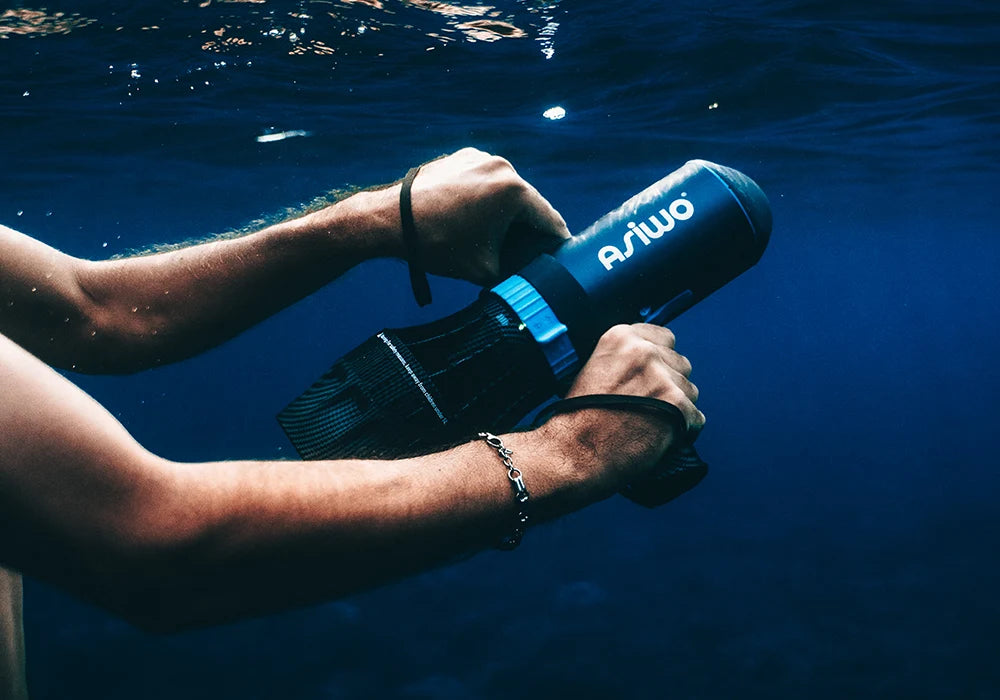




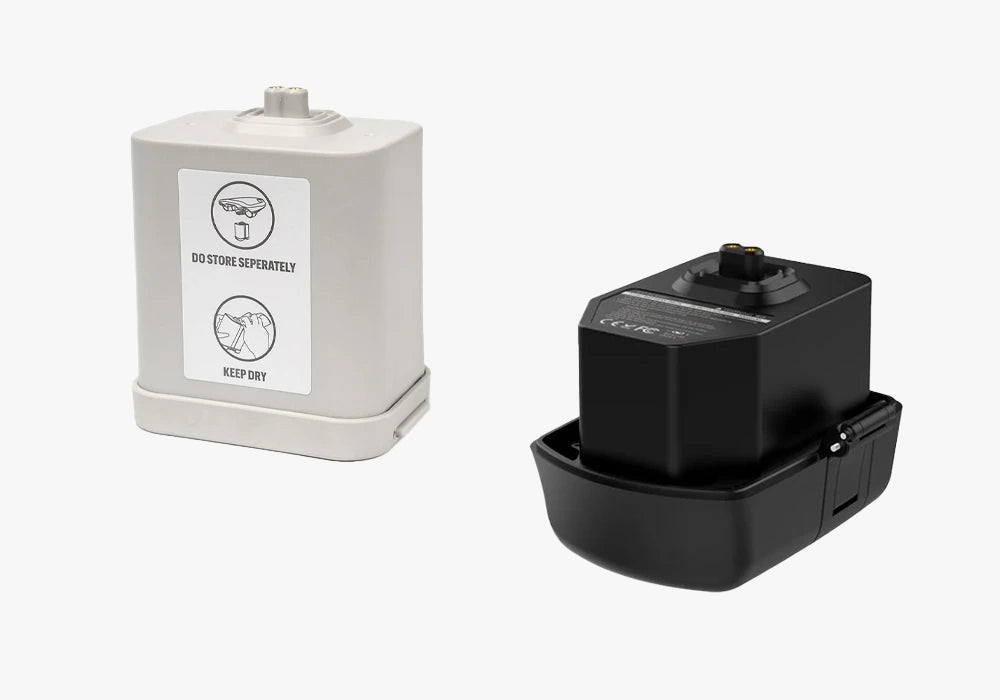




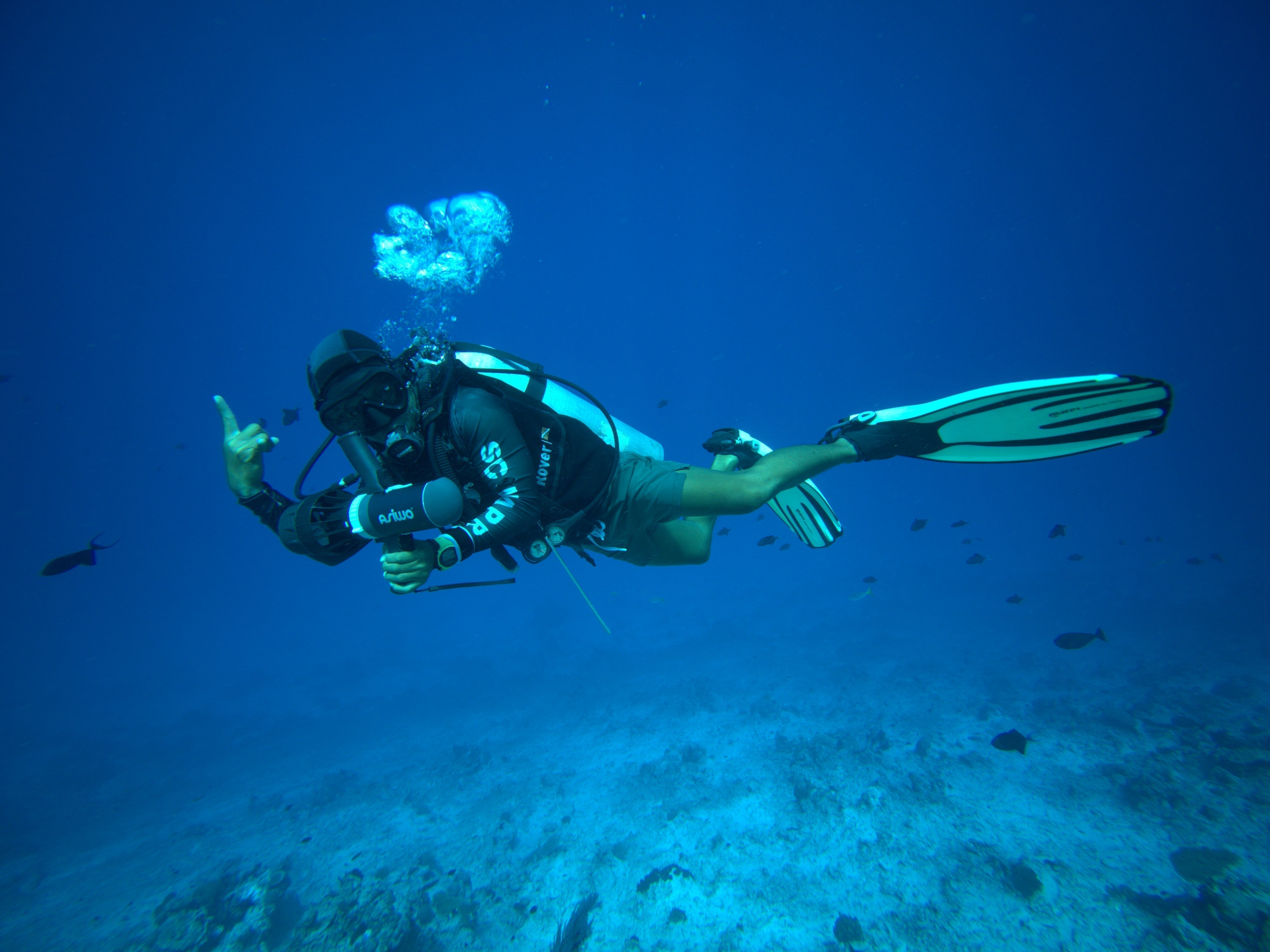
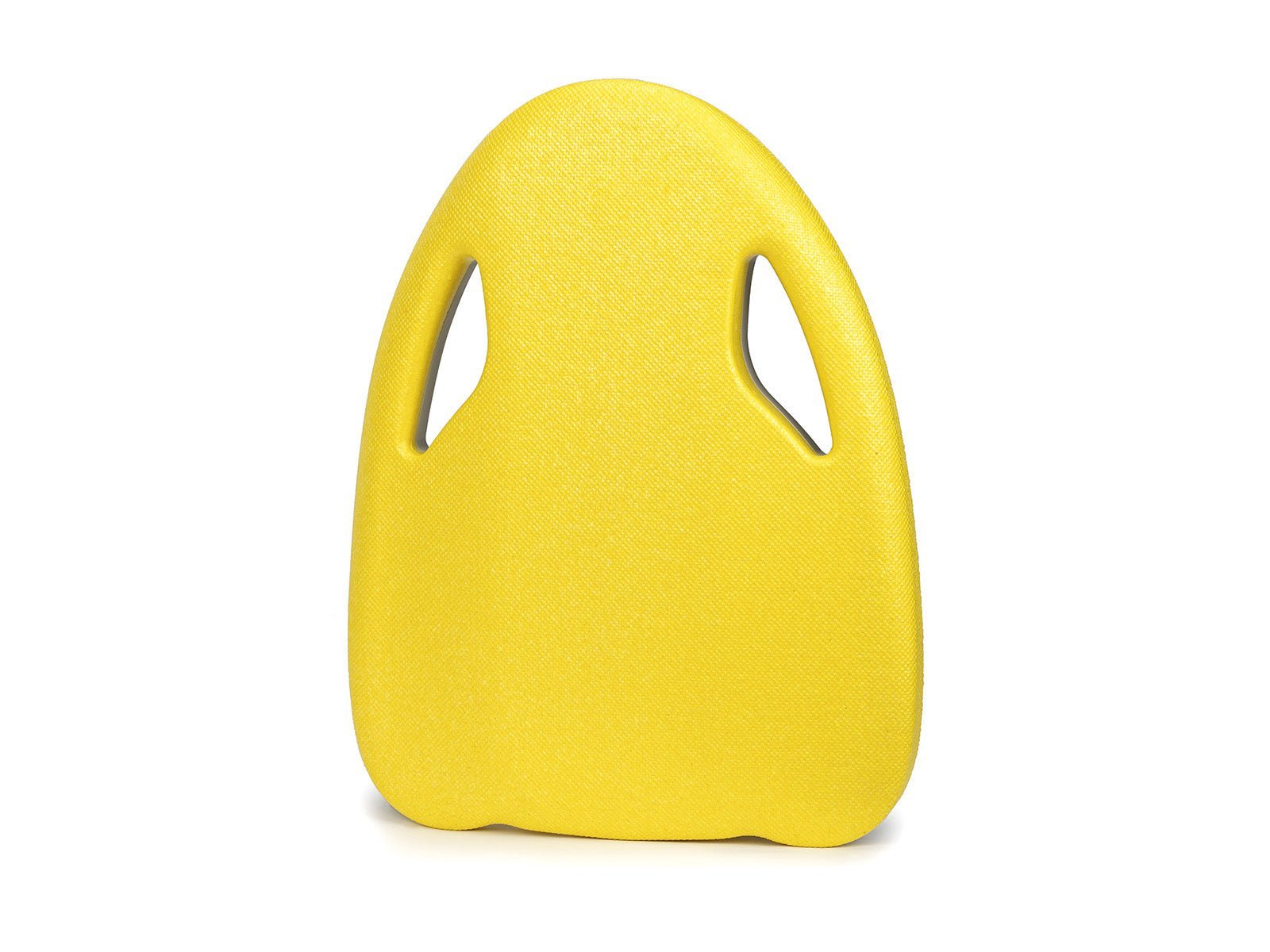
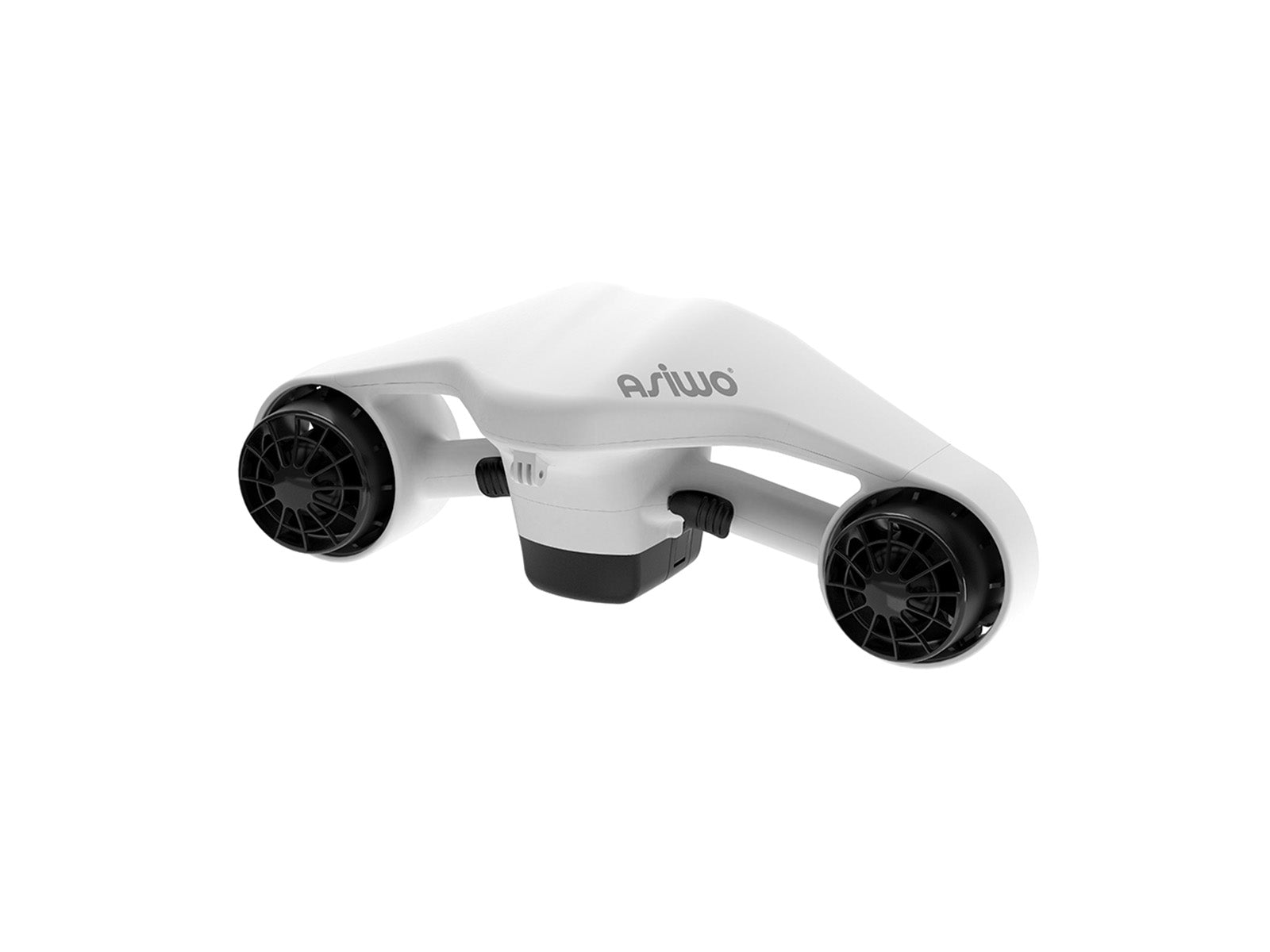
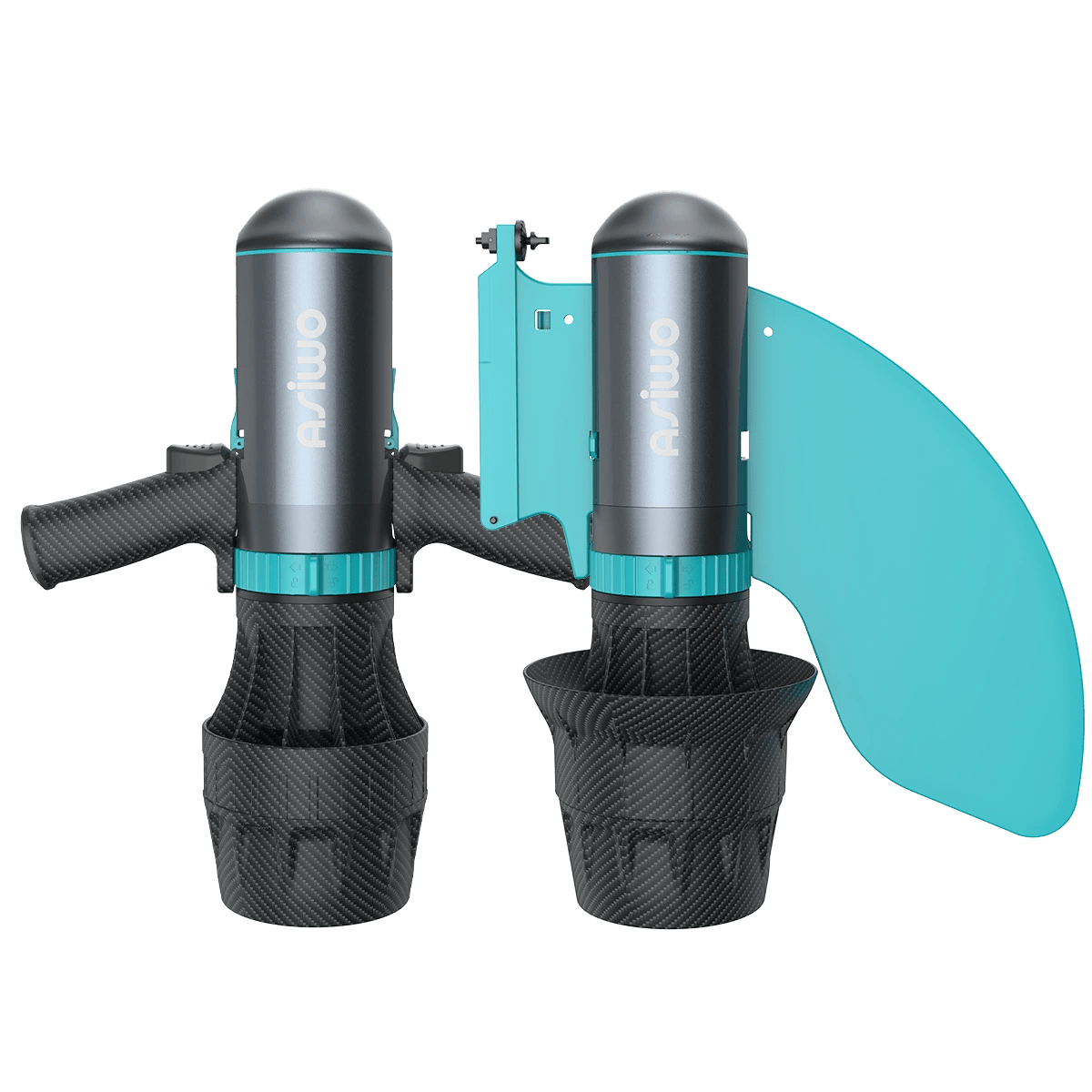




Dejar un comentario